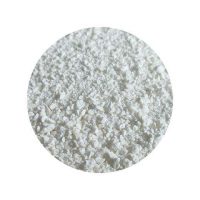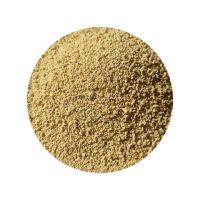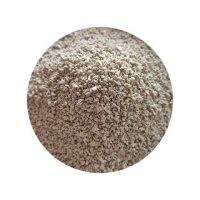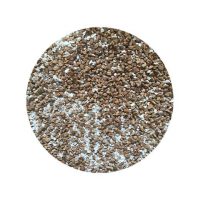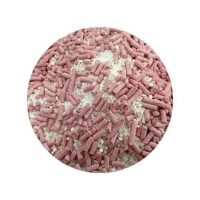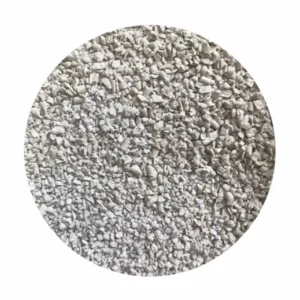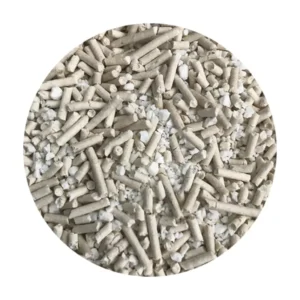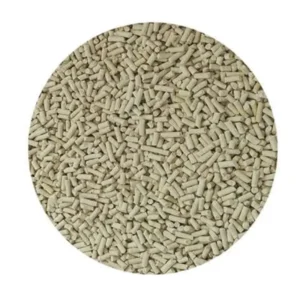Are you tired of stepping on cat litter and tracking it all over your house? Do you dread the task of cleaning out your cat’s litter box? If so, you’re not alone! Many cat owners face similar challenges.
In this blog, we’ll provide you with step-by-step instructions on how to properly scoop cat litter. We’ll also discuss the importance of regular cleaning and offer tips for maintaining a clean and hygienic environment for your feline friend.
So, if you’re ready to learn how to scoop cat litter like a pro, keep reading!
How to Scoop Cat Litter?
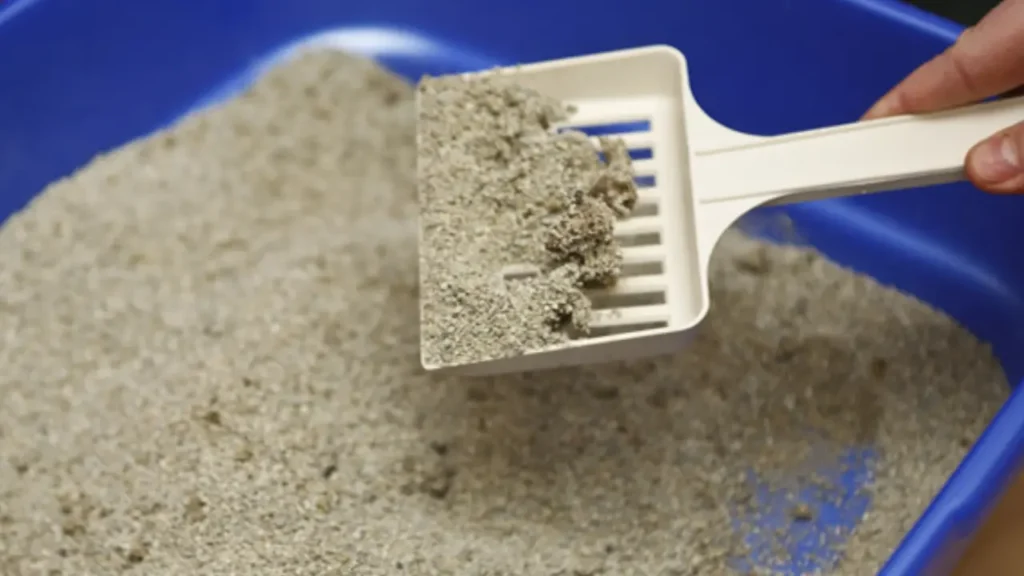
Here’s a step-by-step guide on how to scoop cat litter:
1. Gather your tools:
- Litter scoop: Choose a scoop with small holes to allow litter to fall back into the box while trapping waste.
- Disposable bag: For collecting the waste.
- Fresh litter: You’ll need to add fresh litter after scooping to replace what was removed.
2. Scoop out the waste:
- Insert the scoop into the litter box and gently scoop up the clumps of urine and feces.
- Shake the scoop slightly to allow the clean litter to fall back into the box.
- Empty the contents of the scoop into a disposable bag.
3. Dispose of the cat litter waste:
- Tie the bag closed and throw it away in the trash.
4. Add fresh litter:
- Pour in enough fresh litter to cover the remaining litter in the box to a depth of about 1-2 inches.
5. Stir the litter:
- Gently stir the litter to distribute the fresh litter throughout the box.
Additional tips:
- Scoop at least once daily: This helps to remove odor and maintain a clean environment for your cat.
- Clean the litter box thoroughly: Empty the entire litter box and wash it with warm water and soap every few weeks.
- Use the right type of litter: Choose a litter that is appropriate for your cat’s needs and preferences.
- Provide multiple litter boxes: If you have multiple cats, it’s a good idea to provide multiple litter boxes to avoid crowding and ensure each cat has its own private space.
By following these simple steps, you can keep your cat’s litter box clean and odor-free, ensuring a happy and healthy feline companion.
Cat Litter Scooping: Tips and Tricks
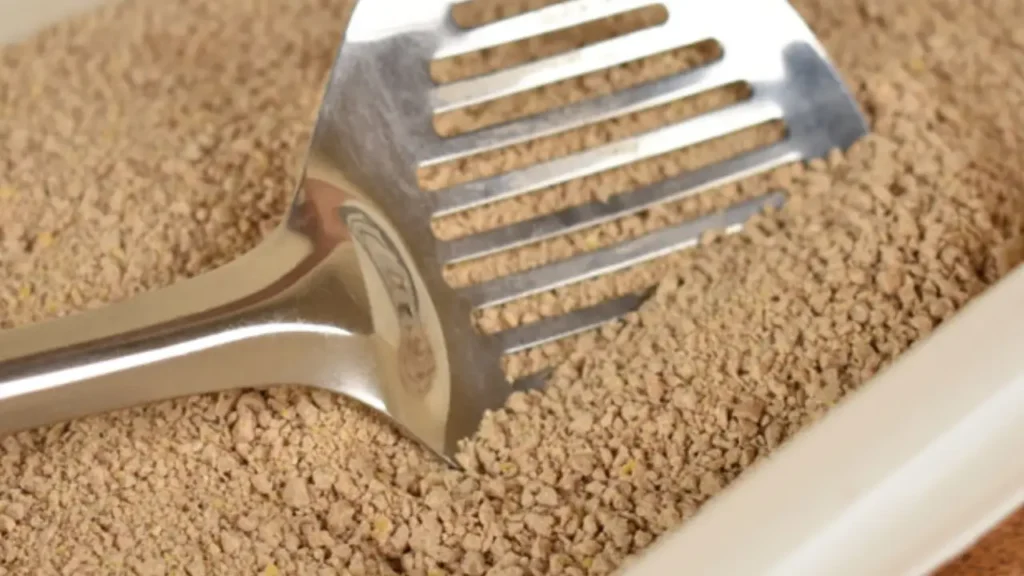
While the basic steps of scooping cat litter remain the same, some several additional tips and tricks can help you maintain a cleaner and more pleasant litter box environment:
Choosing the Right Litter
- Consider clumping vs. non-clumping: Clumping litter forms clumps around waste, making it easier to scoop and dispose of. Non-clumping litter may require more frequent cleaning.
- Think about odor control: Some litters are specifically designed to absorb odors and keep your home smelling fresh.
- Choose a litter that’s right for your cat: Some cats have allergies or sensitivities to certain types of litter.
Cleaning the Litter Box Thoroughly
- Deep clean regularly: In addition to daily scooping, deep clean the litter box at least once a week. Remove all the litter, wash the box with hot, soapy water, and rinse thoroughly.
- Use a disinfectant: To kill bacteria and viruses, consider using a pet-safe disinfectant on the litter box.
Prevent Litter Tracking
- Use a litter mat: Placing a litter mat outside the litter box can help to catch any litter that gets tracked out.
- Keep the litter box in a quiet, private area: Cats may be less likely to use the litter box if it’s in a high-traffic area.
Address Behavioral Issues
- If your cat is avoiding the litter box: There could be underlying health or behavioral issues. Consult with a veterinarian or feline behaviorist for advice.
- Encourage litter box use: You can try placing a small amount of your cat’s feces in the litter box to encourage them to use it.
By following these additional tips and tricks, you can create a cleaner, healthier, and more pleasant environment for both you and your cat.
How to Scoop Non Clumping Cat Litter?
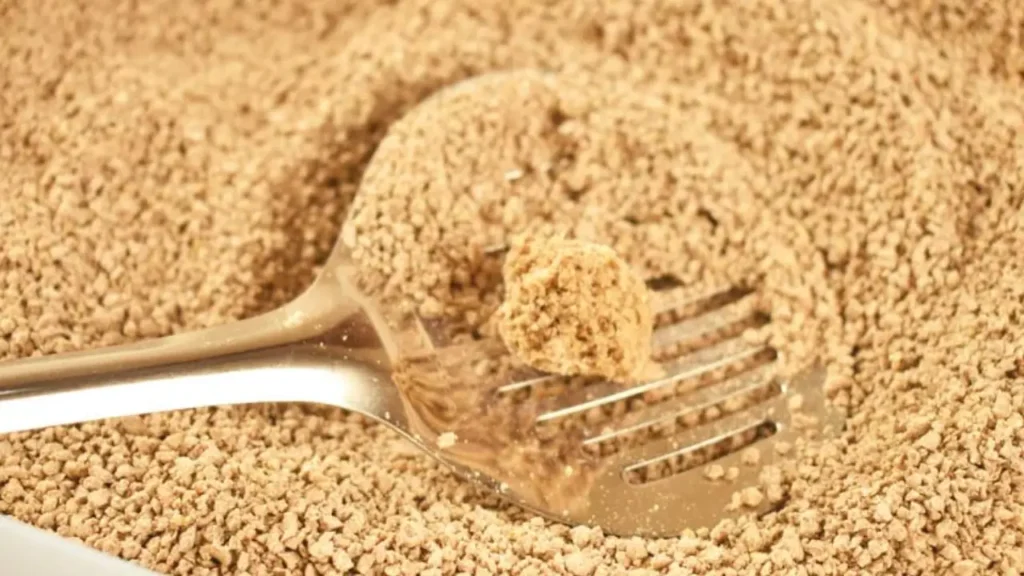
HHow to Scoop Cat Litter Without Plastic Bagsow do you scoop pretty litter non-clumping cat litter?
Scooping non-clumping cat litter is a bit different than scooping clumping litter. Since the litter doesn’t clump around waste, you’ll need to be more careful to avoid scooping up too much clean litter.
Here’s a step-by-step guide:
- Gather your tools: You’ll need a litter scoop and a disposable bag, just like with clumping litter.
- Scoop out the waste: Use the scoop to carefully remove the solid waste, such as feces. Be mindful of avoiding scooping up too much clean litter.
- Dispose of the waste: Place the waste in a disposable bag and tie it closed.
- Add fresh litter: Pour in enough fresh litter to replace the amount you scooped out.
- Stir the litter: Gently stir the litter to distribute the fresh litter evenly.
Additional tips for scooping non-clumping litter:
- Use a smaller scoop: A smaller scoop can help you target the waste more precisely.
- Be patient: It may take a bit more time and effort to scoop non-clumping litter.
- Consider switching to clumping litter: If you find scooping non-clumping litter too difficult, you may want to try switching to a clumping variety.
By following these steps and tips, you can effectively scoop non-clumping cat litter and maintain a clean and hygienic environment for your cat.
How to Scoop Pellet Cat Litter?

Scooping pellet cat litter is similar to scooping other types of litter. However, there are a few key differences to keep in mind:
- Use a fine-mesh scoop: A scoop with small holes will help you separate the waste from the pellets.
- Be gentle: Pellets can be fragile, so avoid pressing down too hard when scooping.
- Scoop regularly: Since pellets can be more difficult to scoop than clumping litter, it’s important to scoop regularly to prevent the litter box from becoming too soiled.
Here’s a step-by-step guide:
- Gather your tools: You’ll need a fine-mesh scoop and a disposable bag.
- Scoop out the waste: Carefully scoop out the solid waste, such as feces, and any clumps of urine-soaked pellets.
- Dispose of the waste: Place the waste in a disposable bag and tie it closed.
- Add fresh litter: Pour in enough fresh pellets to replace the amount you scooped out.
- Stir the litter: Gently stir the litter to distribute the fresh pellets evenly.
Additional tips for scooping pellet cat litter:
- Consider using a litter mat: A litter mat can help to catch any pellets that get tracked out of the litter box.
- Avoid overfilling the litter box: Overfilling can make it more difficult to scoop the litter and can also lead to odor problems.
- Clean the litter box regularly: In addition to daily scooping, clean the litter box thoroughly with hot water and soap at least once a week.
By following these tips, you can effectively scoop pellet cat litter and maintain a clean and hygienic environment for your cat.
How to Scoop Pine Cat Litter
Scooping pine cat litter is similar to scooping other types of litter. However, there are a few key differences to keep in mind:
- Use a fine-mesh scoop: A scoop with small holes will help you separate the waste from the pine pellets.
- Be gentle: Pine pellets can be fragile, so avoid pressing down too hard when scooping.
- Scoop regularly: Since pine pellets can be more difficult to scoop than clumping litter, it’s important to scoop regularly to prevent the litter box from becoming too soiled.
Here’s a step-by-step guide:
- Gather your tools: You’ll need a fine-mesh scoop and a disposable bag.
- Scoop out the waste: Carefully scoop out the solid waste, such as feces, and any clumps of urine-soaked pellets.
- Dispose of the waste: Place the waste in a disposable bag and tie it closed.
- Add fresh litter: Pour in enough fresh pine pellets to replace the amount you scooped out.
- Stir the litter: Gently stir the litter to distribute the fresh pellets evenly.
Additional tips for scooping pine cat litter:
- Consider using a litter mat: A litter mat can help to catch any pine pellets that get tracked out of the litter box.
- Avoid overfilling the litter box: Overfilling can make it more difficult to scoop the litter and can also lead to odor problems.
- Clean the litter box regularly: In addition to daily scooping, clean the litter box thoroughly with hot water and soap at least once a week.
By following these tips, you can effectively scoop pine cat litter and maintain a clean and hygienic environment for your cat.
How to Scoop Cat Litter Without Plastic Bags
Scooping cat litter without plastic bags is a great way to reduce your environmental impact. Here are a few alternatives you can consider:
- Compostable bags: These bags are made from biodegradable materials that break down naturally. However, be sure to check with your local compost facility to see if they accept cat litter.
- Newspaper: You can use newspaper to line the litter box and collect the waste. Once the newspaper is full, you can tie it up and throw it in the compost.
- Reusable containers: If you have a compost bin at home, you can use a reusable container to collect the cat litter and then empty it into the bin.
When scooping cat litter without plastic bags, it’s important to be mindful of odor control. Consider using a litter that is designed to absorb odors, or adding a natural deodorizer like baking soda or apple cider vinegar to the litter box.
By following these tips, you can effectively scoop cat litter without plastic bags and help to reduce your environmental footprint.
How Often Do You Scoop Cat Litter?
Ideally, you should scoop cat litter at least once a day.
This helps to remove odors, prevent the spread of bacteria, and maintain a clean and comfortable environment for your cat.
However, the exact frequency may vary depending on factors such as:
- Number of cats: If you have multiple cats, you’ll need to scoop more frequently.
- Type of litter: Clumping litter generally requires less frequent scooping than non-clumping litter.
- Cat’s habits: Some cats may use the litter box more often than others.
A good rule of thumb is to check the litter box at least once a day and scoop out any waste that you see. If the litter box starts to smell unpleasant or if you notice your cat avoiding it, you may need to scoop more frequently.
How Many Times a Day Should You Scoop Cat Litter
Ideally, you should scoop cat litter at least once a day.
This helps to remove odors, prevent the spread of bacteria, and maintain a clean and comfortable environment for your cat.
However, the exact frequency may vary depending on factors such as:
- Number of cats: If you have multiple cats, you’ll need to scoop more frequently.
- Type of litter: Clumping litter generally requires less frequent scooping than non-clumping litter.
- Cat’s habits: Some cats may use the litter box more often than others.
A good rule of thumb is to check the litter box at least once a day and scoop out any waste that you see. If the litter box starts to smell unpleasant or if you notice your cat avoiding it, you may need to scoop more frequently.
How to Safely Scoop Cat Litter While Pregnant
While scooping cat litter may seem like a simple task, it’s important to take precautions when pregnant. This is because cat feces can contain a parasite called Toxoplasma gondii, which can cause toxoplasmosis. This infection can be harmful to both you and your unborn baby.
Here are some safety tips to follow when scooping cat litter while pregnant:
- Wear gloves: Always wear disposable gloves to prevent direct contact with cat feces.
- Avoid contact: Try to avoid directly touching the litter box or the litter itself.
- Have someone else do it: If possible, ask a partner, friend, or family member to scoop the litter for you.
- Wash your hands thoroughly: Even if you wear gloves, it’s important to wash your hands thoroughly with soap and warm water after handling cat litter.
- Clean the litter box regularly: Regularly cleaning the litter box can help reduce the risk of parasite contamination.
If you’re concerned about the risk of toxoplasmosis, it’s a good idea to talk to your doctor. They can provide more specific advice and recommendations based on your individual situation.
Conclusion
Scooping cat litter is a necessary part of owning a cat. By following the tips and tricks outlined in this blog, you can ensure that your cat’s litter box remains clean, hygienic, and odor-free. Remember to choose the right type of litter, scoop regularly, and clean the litter box thoroughly.
Are you tired of dealing with messy cat litter?
Let us help you find the perfect litter for your feline friend. Our selection of high-quality cat litter options is sure to meet your needs and preferences. Visit our website today to browse our products and place your order.



